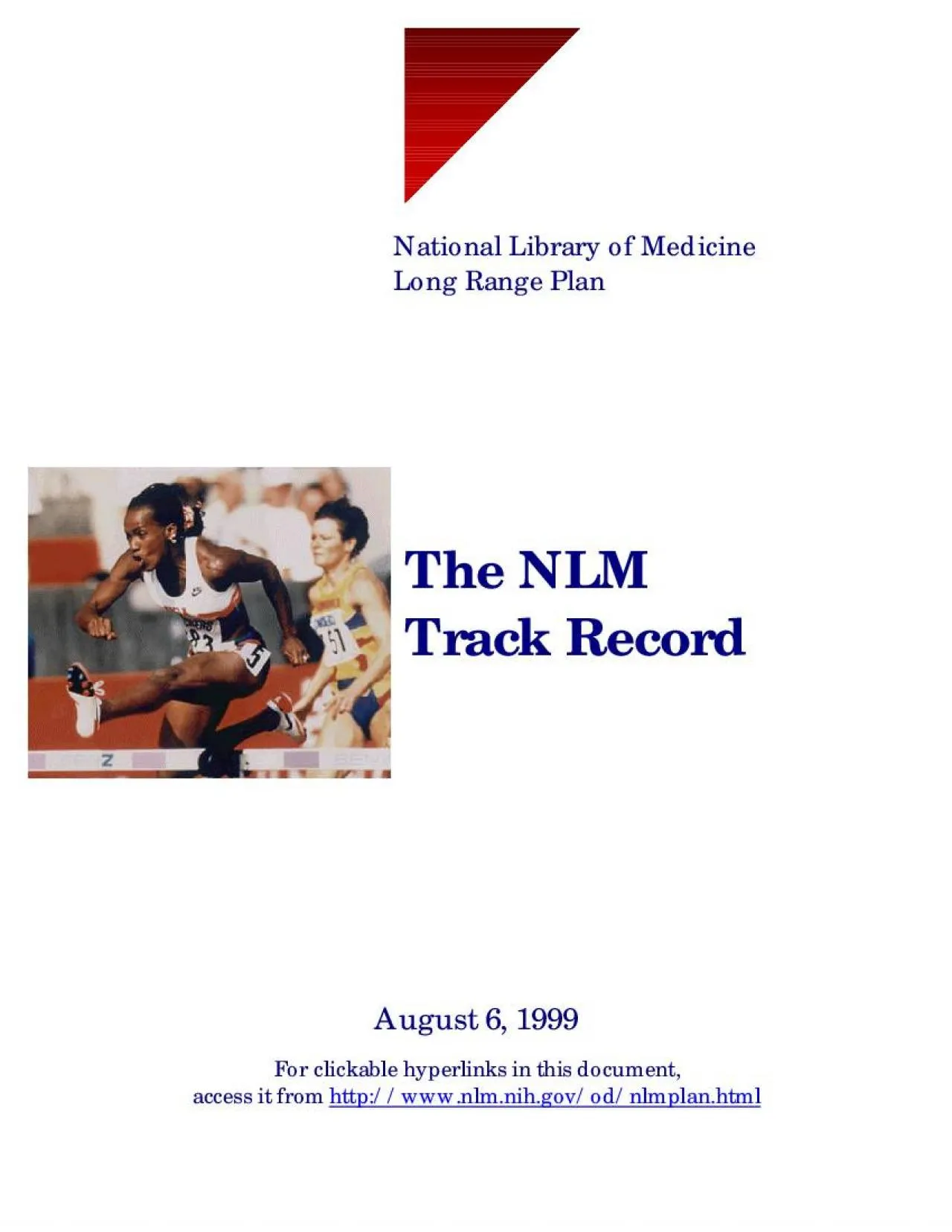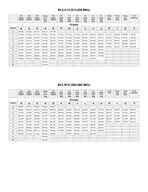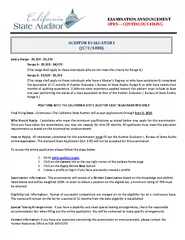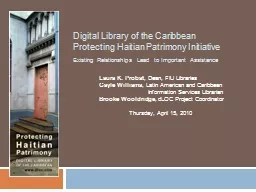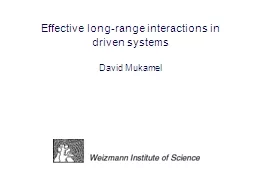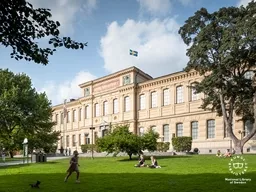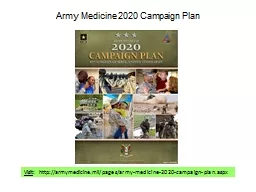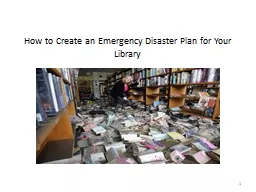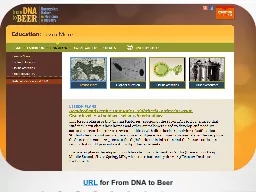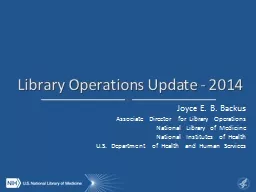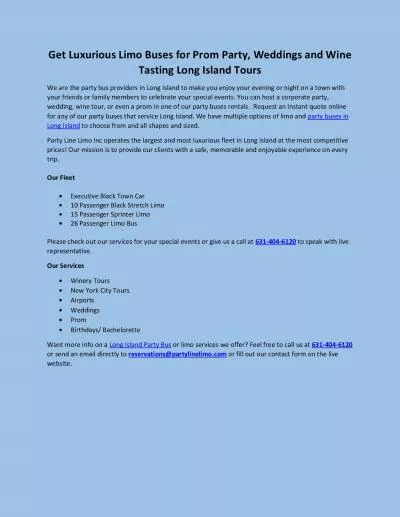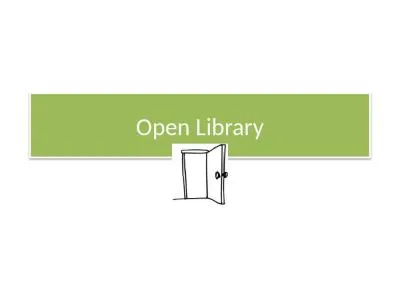PDF-National Library of Medicine Long Range Plan
Author : miller | Published Date : 2021-10-10
I1Goals and Objectives2Goal 1Organize HealthRelated Information and Provide Access to It2Objective 11 Acquire Organize and Preserve Biomedical Information2Objective
Presentation Embed Code
Download Presentation
Download Presentation The PPT/PDF document "National Library of Medicine Long Range ..." is the property of its rightful owner. Permission is granted to download and print the materials on this website for personal, non-commercial use only, and to display it on your personal computer provided you do not modify the materials and that you retain all copyright notices contained in the materials. By downloading content from our website, you accept the terms of this agreement.
National Library of Medicine Long Range Plan: Transcript
Download Rules Of Document
"National Library of Medicine Long Range Plan"The content belongs to its owner. You may download and print it for personal use, without modification, and keep all copyright notices. By downloading, you agree to these terms.
Related Documents

